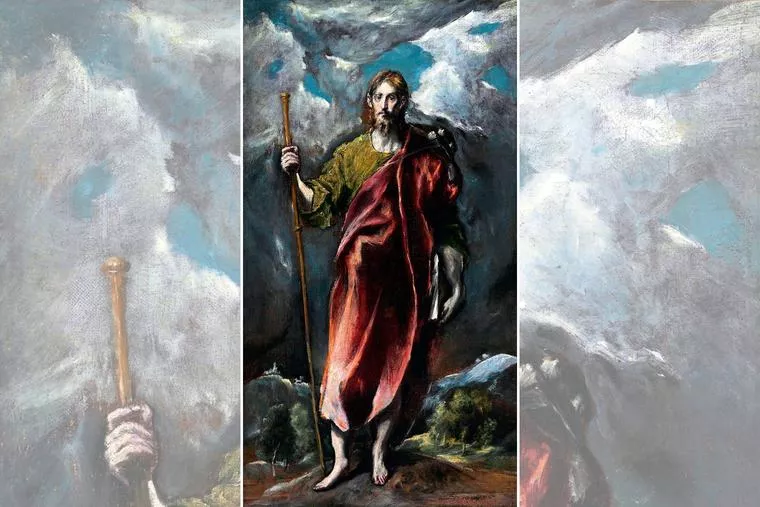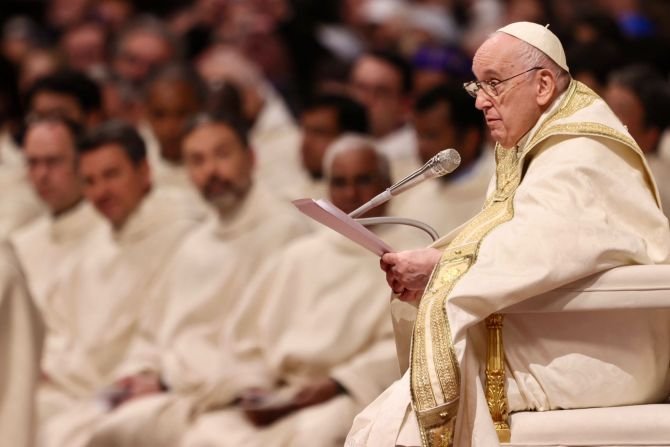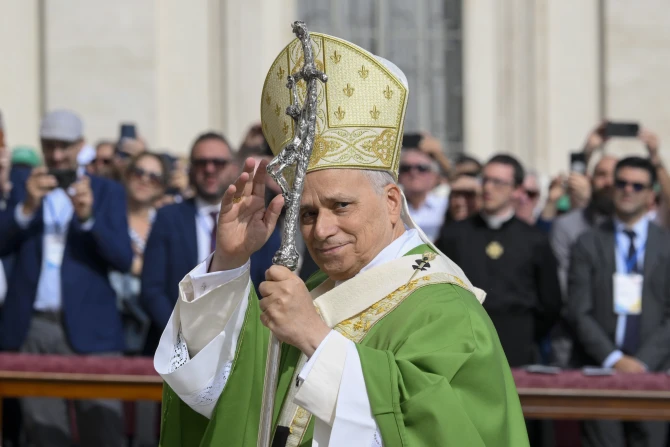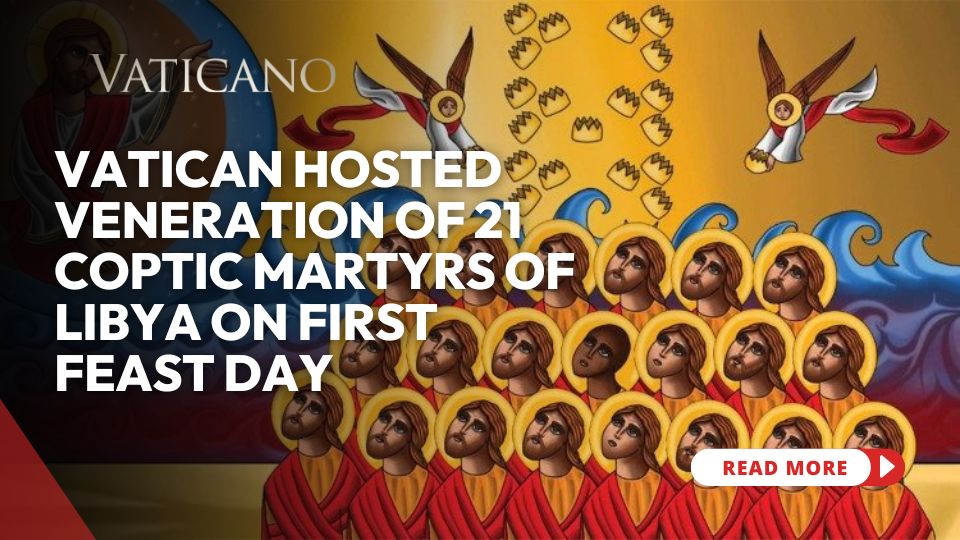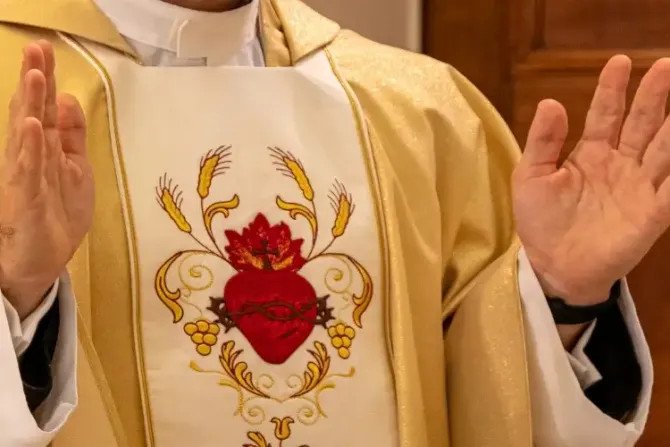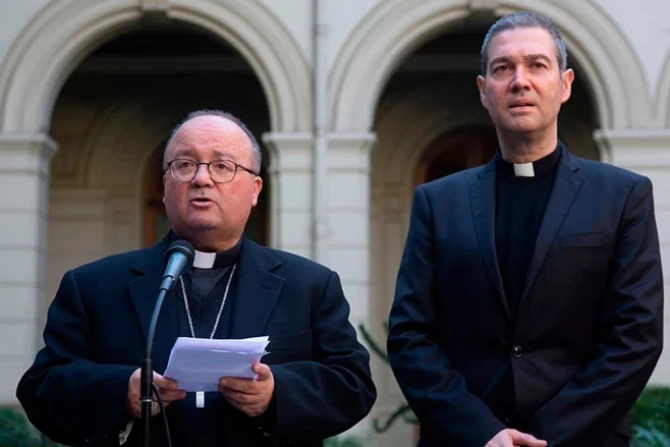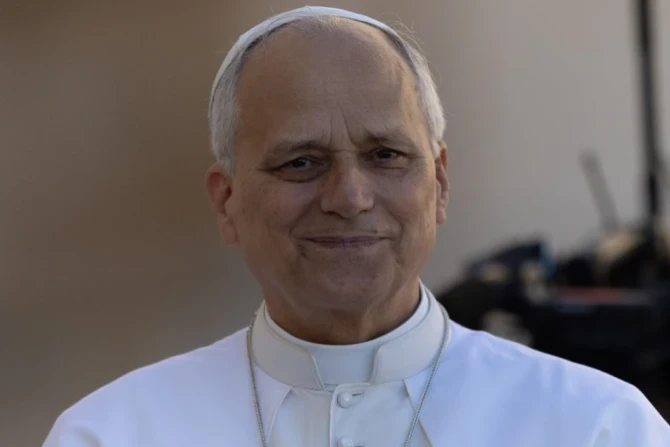SAINTS & ART: James and his brother John are called “sons of thunder” for their energetic, bold and forceful nature
He’s called St. James “the Greater” to distinguish him from a second Apostle named James (“the Lesser”), probably because he was the taller of the two. Based on what we know from the Gospels, James (or at least his mother) thought he was “greater” in more ways than stature (see Matthew 20:20-21; Luke 9:46).
A Leading Apostle Among the Twelve
The Twelve Apostles have varying roles of prominence in the Gospels. St. Thomas, whom we met three weeks ago makes one major appearance that defines him: “Doubting Thomas.”
James, by contrast, is among the top three “leading” Apostles, a kind of inner core of the Apostolic band. The Apostles are clearly distinguished from Jesus’ other disciples. Peter is clearly distinguished from all the other Apostles. But, in addition to Peter’s solo role, he is often one of a select trio — Peter, James and John — who are privileged witnesses to certain key moments in Jesus’ life and mission, e.g., his Transfiguration (Matthew 17:1-2), his miracle raising the daughter of Jairus (Mark 5:37), or the three Apostles that accompanied Jesus further into the Garden of Gethsemane (Matthew 26:37).
Sons of Thunder: Bold Faith and Fiery Zeal
He is John’s brother, probably his older brother, since tradition regards John as the youngest of the Apostles. Both were fishermen, like their father, Zebedee, whom they left behind in the boat to follow Jesus (Mark 1:19-20; Matthew 4:21-22). We often take that scene to be a decisive break with their past but, given the appearances of their good Jewish mother Salome later in the Gospels (seeking box seats for her boys at the Last Judgment or her visibility in connection with Jesus’ Passion, Death and Resurrection), it’s possible family ties continued even after the boys left the fishmonger’s trade. (Medieval tradition held Salome was a relative of the Blessed Mother). Finally, given also the tradition that John was previously a disciple of John the Baptist (see John 1:35), it’s also clear matters of faith took priority over fish in the Zebedee house.
James and John are called “Boanerges” (Βοανηργές), “sons of thunder.” When we meet them in the Gospels, they are energetic, bold and forceful. Father Paul Scalia once called them “Alpha-males.” If you have any question, see Luke 9:54 where, in response to a Samaritan village not wanting to welcome Jesus, the “sons of thunder” ask whether to call down fire from heaven on them. (Considering their mother pushed for them to have front row seats on the Final Assize — Matthew 20:21 — the trait seems to have run in the family).
James was the first of the Apostles to die a martyr’s death, in Jerusalem circa A.D. 44 under Herod Agrippa (grandson of Herod the Great). He died by sword (Acts 12:2), one of his attributes in Christian art. The Herod family constantly tried — unsuccessfully — to win Jewish support since they were ruling over them. By the mid-40s, the issue was the antagonism between Judaism and the nascent Christian Church. Executing James was a way of currying favor with the majority.
Martyrdom and Mission: Apostle of Spain
Legend also holds that, prior to his death, James preached the Gospel in Spain. For this reason, St. Iago (James) is the patron saint of Spain and, since medieval times, the shrine of Santiago (Saint Iago) de Compostela, in northwestern Spain, has been the destination of pilgrimage routes from all over Europe. The Camino de Santiago is, in fact, a variety of routes, especially from Italy, France, various places in Spain, and Portugal, which converge on the shrine. Tradition holds that the remains of St. James were “translated” (moved) from Jerusalem to their final resting place in the tomb in Compostela, Spain (although some relics are also said to be in Toulouse, France). Along with Rome and Jerusalem, Santiago was among the earliest European pilgrimage destinations, especially when Catholics felt their faith threatened in Spain by the Islamic invasion in A.D. 711. The Reconquista, pushing Islam back, began in the north of Spain and was completed in 1492: that’s why Ferdinand and Isabella were then able to fund a certain Genoese sailor interested in sailing west to reach the East.
Every year, Catholics walk from different places along the route — some closer, some farther — to pray at the Shrine. For this reason, a walking staff and a seashell are iconographic symbols of St. James. The staff is self-evident. The shell? It was (1) something of an ID card or marker of pilgrims on the Camino, who it was said could (2) claim sustenance along the way equal to what they could scoop up with a single shell and (3) because the lines on a shell metaphorically symbolized how all roads converged on Santiago de Compostela.
SIGN UP FOR OUR NEWSLETTER HERE
For more reading on St. James the Greater, see here.

